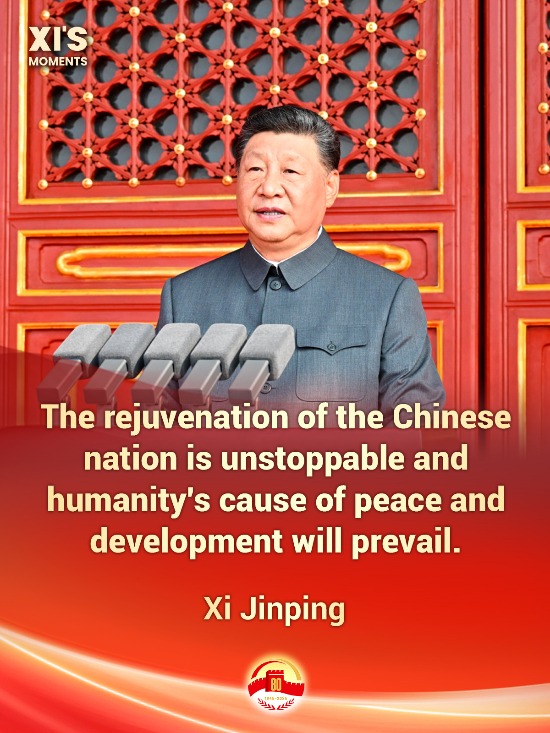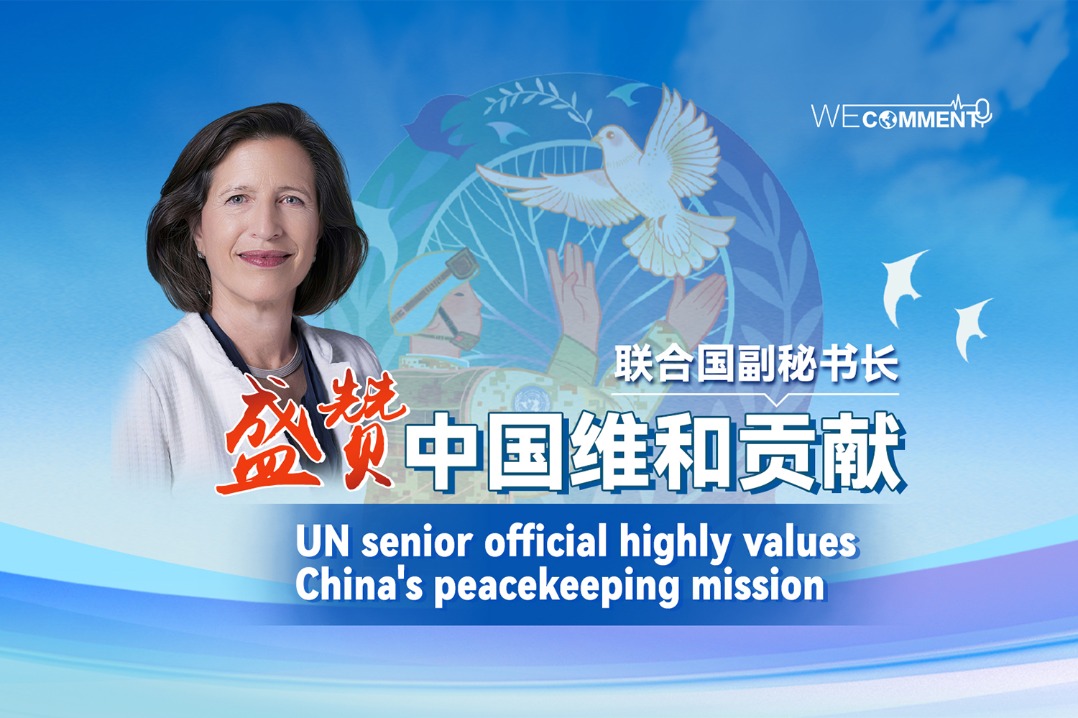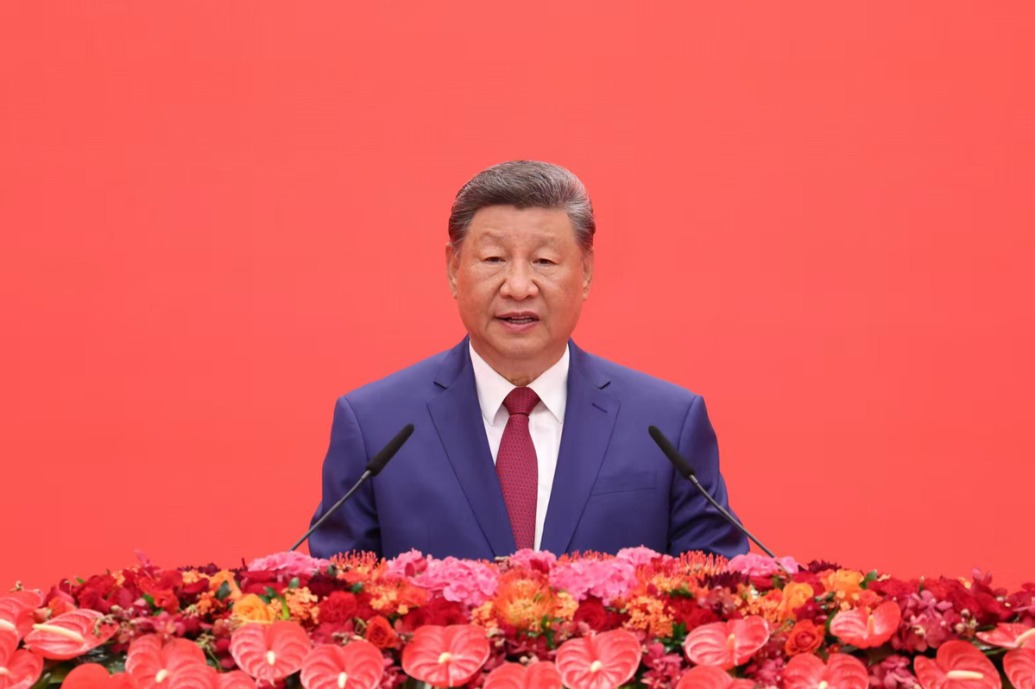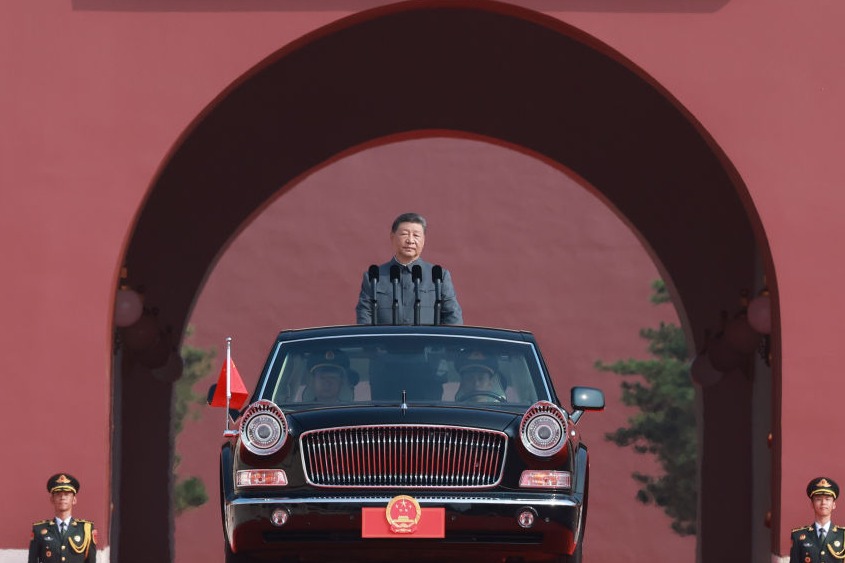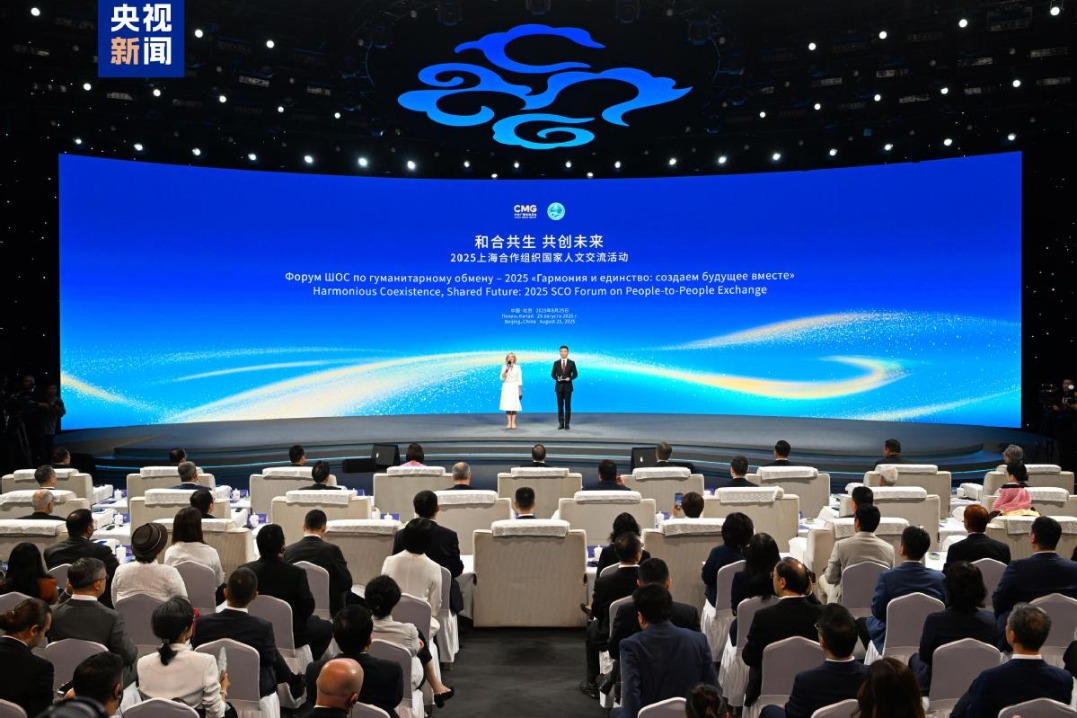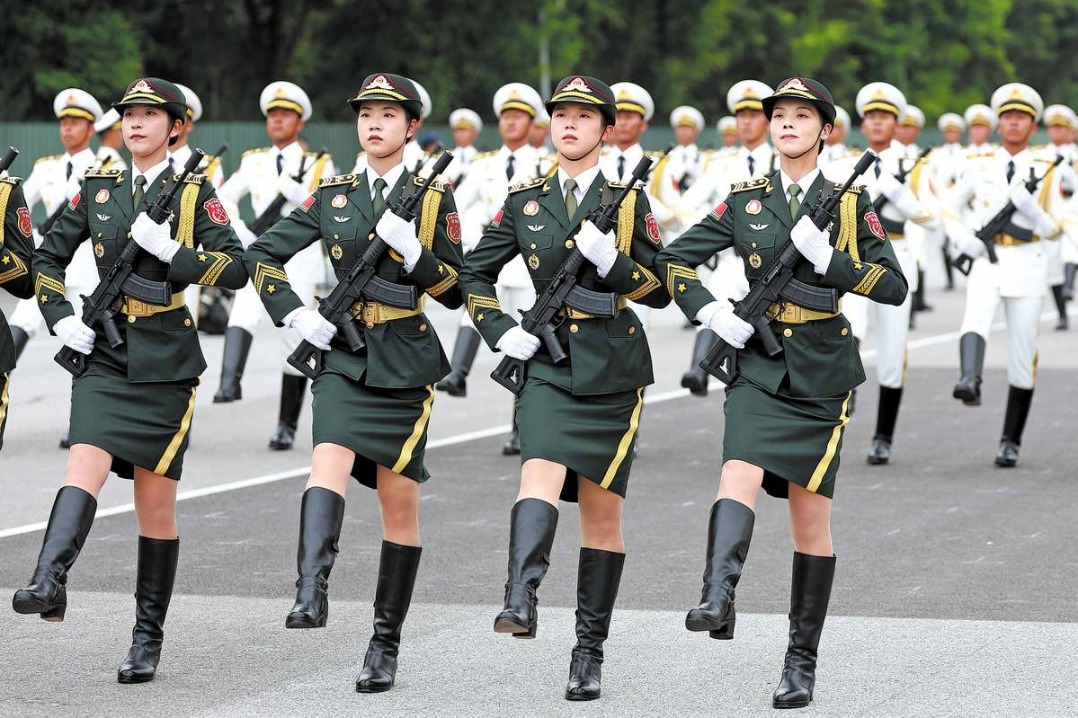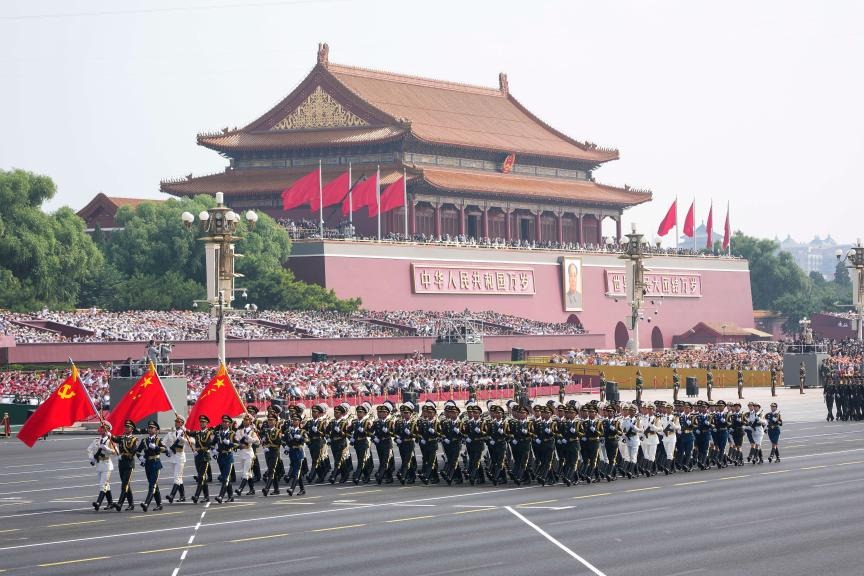New era of collaboration


The vision of building a global community with a shared future underscores the interconnectedness that should guide efforts to address common challenges
China's transformative ascent since 1978 stands as the most significant game-changer in my lifetime; I can personally bear witness to the nation's remarkable trajectory from being the 180th per capita economy to the second biggest in the world. When I first visited China in 1984, it was among the poorest countries in the world, with no skyscrapers or personal cars, with no high-speed railway or any sort of high tech. Most Chinese at the time ate rice or noodles and wore very simple clothes. Today China is a showroom of modernity. It aims for an ecological civilization and is pursuing a Chinese path to modernization.
China's rise heralds a new, multipolar world, disrupting outdated paradigms but offering unprecedented opportunities for global collaboration. The world, including the West, should celebrate its ascent.
Contrary to viewing this shift as a zero-sum game, it is crucial to recognize that China's rise benefits not only itself but humanity at large. The global economy has expanded, lifting millions of people out of poverty worldwide. East Asia, once a region marred by conflict, is now a beacon of peace and prosperity, the one big region free from wars. China's affordable products have reduced global prices, enabling broader access to goods, benefiting the United States and everyone else.
However, embracing a new global order is not without its challenges. For the US, accustomed to a century of unparalleled dominance, accepting a new and equal power requires adaptation. Similarly, China must adjust to its role as one of the world's leaders and the concomitant responsibilities that brings.
Collaboration between China and the US, bringing in key players such as India, the European Union, Turkyie, Indonesia, Russia, Brazil, among others, is pivotal for addressing global challenges. The foundation for a lasting partnership lies in two fundamental principles: respect and dialogue.
It is unrealistic to expect China to adopt the West's governing system or for that matter that the US should adopt China's. China's system is rooted in thousands of years of Chinese experience valuing harmony in society. The US is heavily influenced by the focus on individual freedom in a migrant society. Fortunately these differences need not hinder collaboration. A partnership in climate action, environmental protection, prosperity and peace is achievable without compromising sovereignty or the values of either the East or the West.
To foster this collaboration, the US should show more respect and curiosity toward China. China is a state with a population four times bigger and with a history more than 10 times longer than that of the US. The depth of Chinese civilization and its modern cities with superior infrastructure deserve acknowledgment. Learning about China's historical periods of advancement, such as the Tang Dynasty (618-907) or the Song Dynasty (960-1279), can dispel arrogance and nurture curiosity. For nearly all of human civilization, China was one of the most advanced places on earth.
Conversely, Chinese friends should appreciate the US' historical contributions. The US pioneered the modern republic, influenced Western political thought, and propelled the industrial and scientific revolutions.
A respectful acknowledgment of each other's redlines, such as the one-China principle, is also required.
Mutual understanding is the key to overcoming differences. It is time to step up mutual visits and dialogue in different settings and at different levels, from those of the presidents, foreign ministers, and finance officials to representatives of businesses and universities. The increasing visits this year bring hope. Chinese Foreign Minister Wang Yi visited the US this October after US Secretary of State Antony Blinken traveled to China in June.
Especially significant, Chinese President Xi Jinping and US President Joe Biden had face-to-face talks in San Francisco. This was perhaps the best news of the year. Issues discussed in about four hours ranged from the crisis in the Middle East, to restoring direct military contacts, the fentanyl crisis in the US and the risks posed by artificial intelligence.
At a business event in San Francisco, President Xi delivered a wonderful speech showing warm respect for the US people. I wish all leaders would follow this path of mutual respect, both in words and deeds.
In today's geopolitical world, nothing is more important than China-US relations. With collaboration between China and the US, it will be much easier to tackle the grave global problems. Together we can fight climate change, restore the global economy after the pandemic, bring all humans out of poverty, control and develop artificial intelligence and maintain world peace. Also it will be easier to find solutions in Ukraine and Palestine.
Recognizing that humanity shares one planet and one destiny, China and the US will take their global leadership jointly in environmental initiatives. China and the US announced a joint statement on climate cooperation hours in advance of the Xi-Biden summit. The statement reaffirmed their commitment to cooperate on fighting the climate crisis. The two sides have recommitted to the 2015 Paris climate goals and have pledged to work together to make the forthcoming climate talks in Dubai a success. Notably, both countries have committed to "economy-wide "nationally determined contributions not limited to carbon dioxide but across all greenhouse gases.
In the realm of green technology, China is far ahead of the rest of the world, with a 60-80 percent share of all renewable markets, solar, wind, hydropower and batteries. More tensions may arise due to business competition, but this competition can also drive faster global adoption of green practices. When US and European automakers see the technologies of global leaders such as BYD or CATL, they understand they need to speed up to compete. A balanced approach is needed, emphasizing cooperation, dialogue, and utilizing institutions such as the World Trade Organization when disputes arise.
China's achievements in high-speed rail and solar panels offer valuable experiences for global development. The Belt and Road provides a great opportunity for China to share its technologies and green is now the background color of the Belt and Road. Instead of competition, the US should explore complementarity with the Belt and Road Initiative, helping developing countries by leveraging its strengths in areas such as high-tech, artificial intelligence, vaccines and top-tier universities.
The destiny of nations is intertwined, emphasizing the need for collective prosperity. Together, we thrive; separately, we falter.
The author is vice-president of the Green Belt and Road Coalition and former executive director of the United Nations Environment Programme. The author contributed this article to China Watch, a think tank powered by China Daily.
The views do not necessarily reflect those of China Daily.
Contact the editor at editor@chinawatch.cn.
















